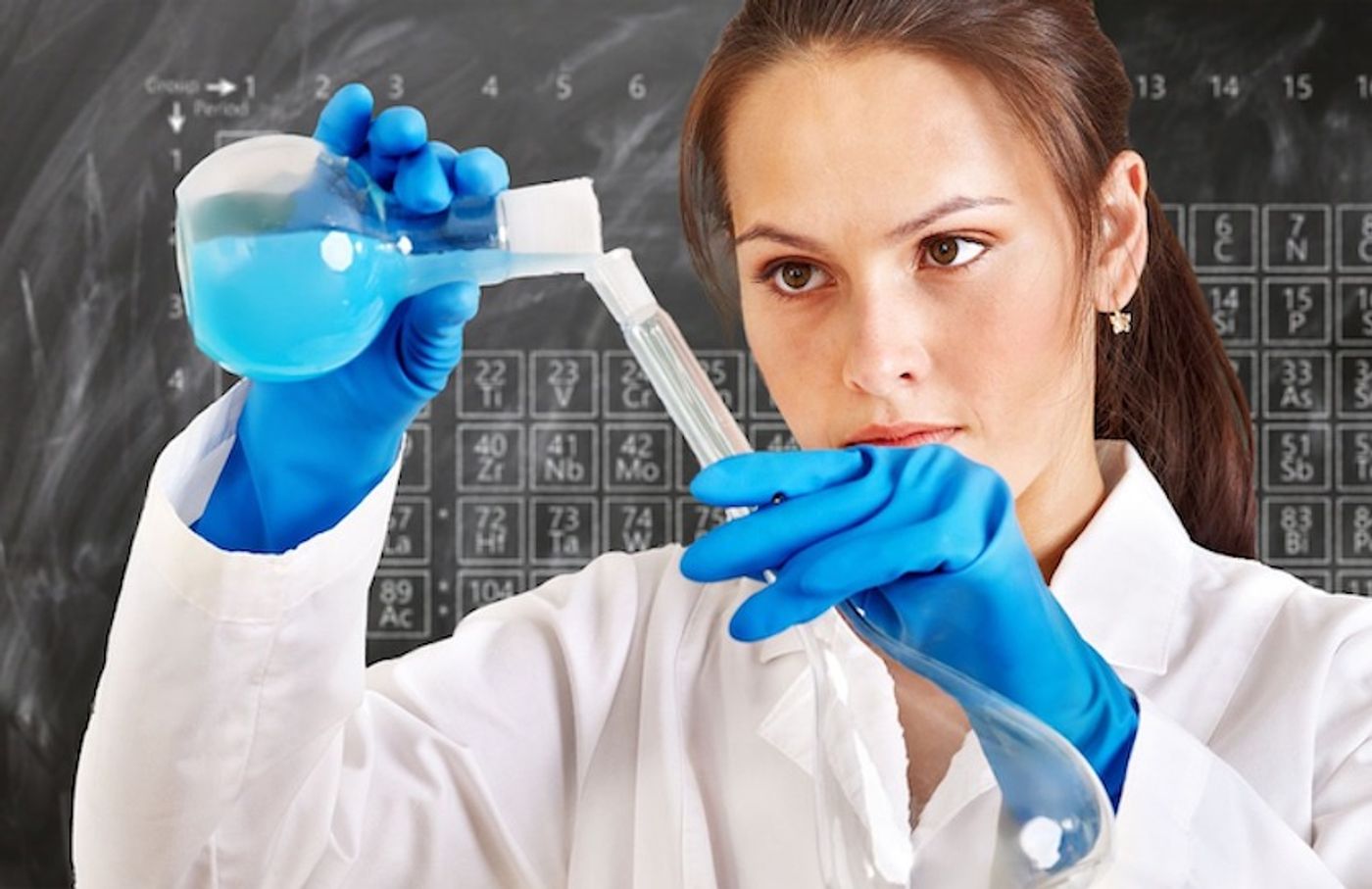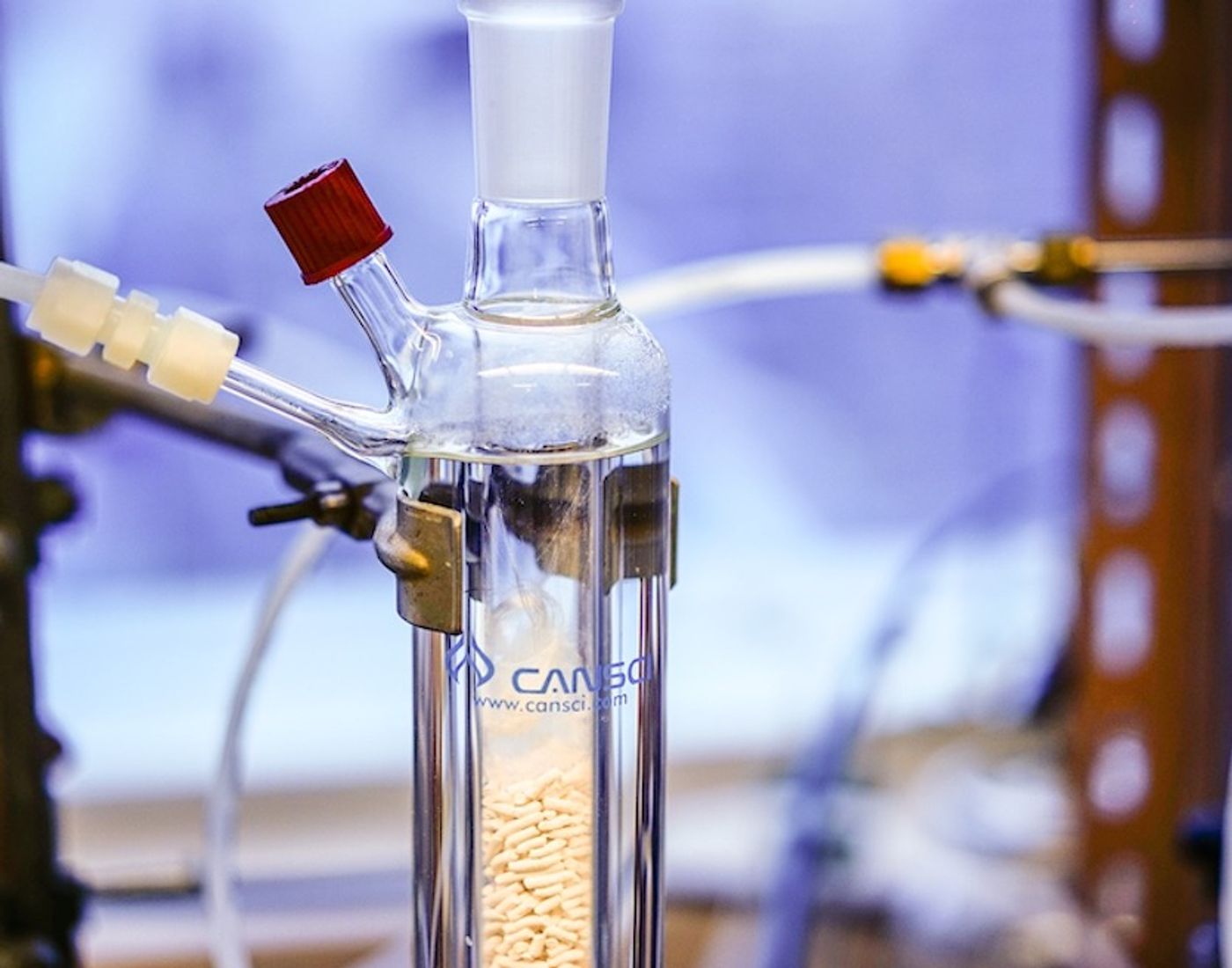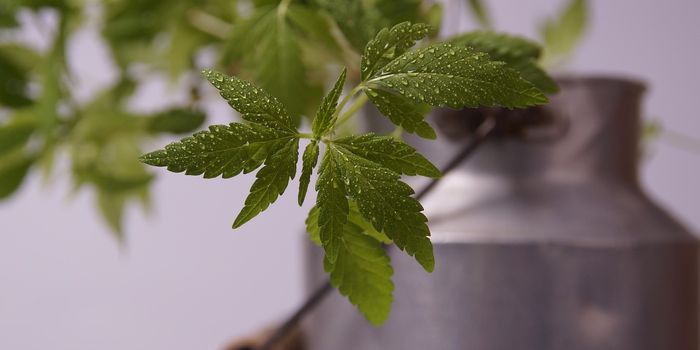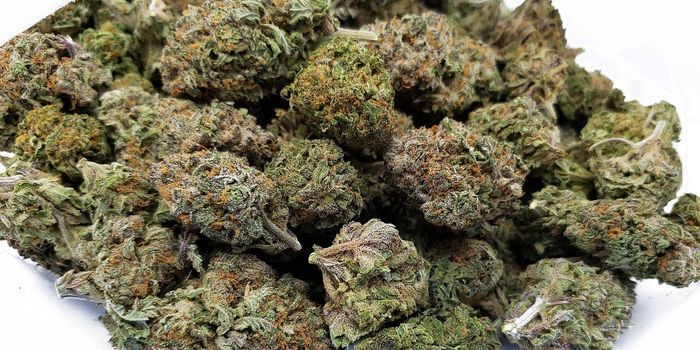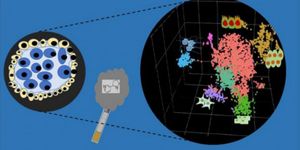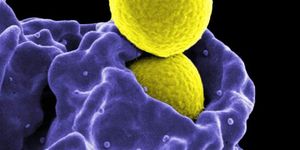Scientists from the University of California, Berkeley, have been able to extract cannabis compounds, not from the cannabis plant, but from yeast grown in a lab. This is a scientific first and could have benefits for the medical marijuana community. Marijuana still gets a bad rap and some people prescribed medicinal marijuana don't even like smoking pot. Taking medication in a pill form is much more customary and easier to swallow (if you will) for some more conservative patients.
Photo source: PixaBay.com
The researchers, led by Dr. Jay Keasling, Ph.D., were able to genetically engineer yeast cells to produce the compounds THC and CBD, all without the need of a plant. This method of biosynthesis provides a high throughput process for producing compounds that could go on to be used in pharmaceuticals. This technique is nothing new, with yeast having been used to produce hops for beer, egg whites, and flavor additives to improve the taste of chocolate (although I like chocolate just fine).
More specifically, the researchers, who published their results in the journal Nature, implanted genes that encode for precursors of these compounds, such as olivetolic acid. However, not only did they insert the genetic code for these precursors, but also managed to tweak an entire intracellular pathway within yeast cells to translate and biosynthesize the cannabinoids. In technical terms, they were able to engineer the native mevalonate pathway to provide a high flux of geranyl pyrophosphate while also introducing a heterologous, multi-organism-derived hexanoyl-CoA biosynthetic pathway. For those who have not brushed up on their organic chemistry in a while, this means that they provided the pathways and enzymes needed to convert the precursors into genuine THC and CBD.
Yeast, or Saccharomyces cerevisiae, the species this team used, was able to transform simple sugar galactose, its own food, into cannabinoids. They also found that adding different fatty acids to the yeast allowed them to modify parts of the molecule that controls its affinity for endocannabinoid receptors and drug potency. Basically, they made little cannabinoid-producing factories complete with adjustable settings to determine the characteristics of its end products.
Photo source: PixaBay.com
Yeast is a much simpler (and legal) way to biosynthesize many different molecules through genetic engineering. According to the researchers, synthesizing the compounds from the actual plant itself is much more difficult. For one there is the legal issue (although in Berkeley you would think it wouldn't be too much of a problem). But aside from that, there some characteristics of the cannabis plant that make it difficult. These include the relative rarity of the plant and their structural complexity. These hurdles make it a poor candidate for mass production of the necessary cannabinoids.
Yeast, on the other hand, is a very plentiful resource and is very easy to obtain. It is also easier to take care of than a full-size plant, they essentially live off sugar water. Furthermore, yeast produces proteins fairly quickly, and the cells reproduce rapidly. You could have an entire "yeast farm" on a lab bench, compared to the amount of property needed to cultivate cannabis. The authors were very excited about their results. In their own words, they were able to create "a platform for the production of natural and unnatural cannabinoids that will allow for more rigorous study ... [which] could be used in the development of treatments for a variety of human health problems."
Sources: Nature, www.inverse.com, Applied and Environmental Microbiology, Proceedings of the National Academy of Sciences, wikipedia.org/wiki/Mevalonate_pathway, Methods in Molecular Biology
